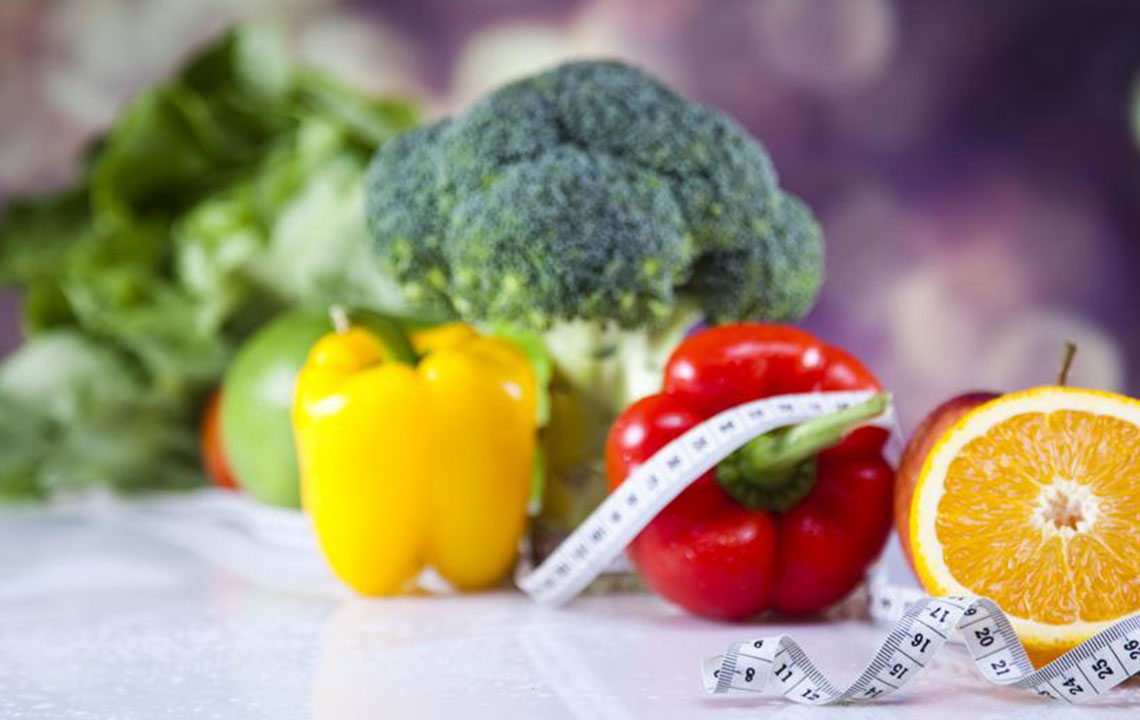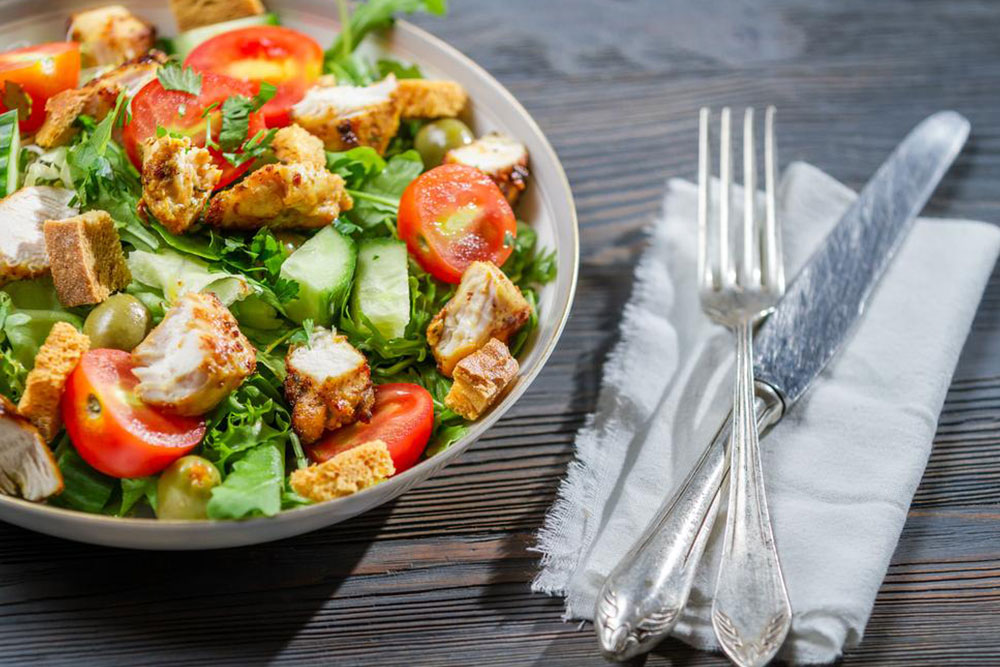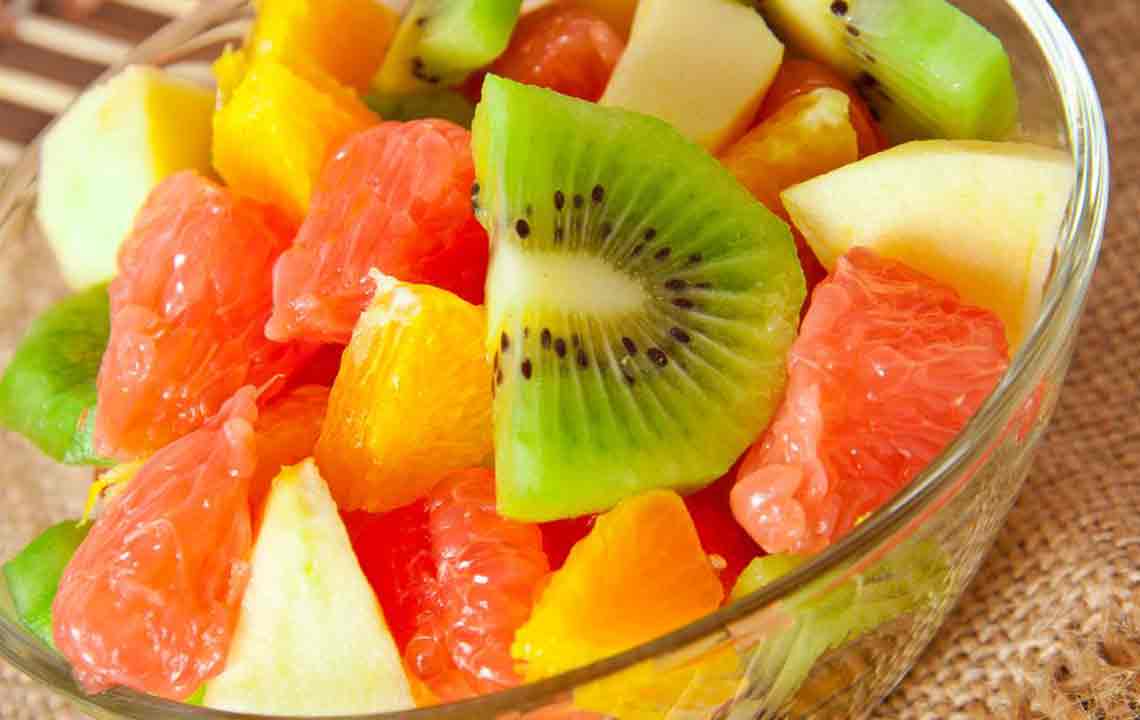Comprehensive Guide to the Atkins Low-Carb Diet
Discover a comprehensive overview of the Atkins diet, exploring its phases, recommended foods, and tips for successful implementation. Learn how to effectively reduce carb intake, boost fat consumption, and maintain your ideal weight through a structured low-carb plan tailored to your needs. This guide also includes advice for dining out and staying healthy while on the diet, making it a practical resource for those seeking weight loss and health improvements.

Comprehensive Guide to the Atkins Low-Carb Diet
The Atkins diet focuses on weight reduction through a low-carbohydrate eating plan. The approach emphasizes consuming proteins and healthy fats while limiting carbohydrate intake. Research indicates that low-carb diets can be effective for fat loss and overall health improvements. Widely popular, the Atkins diet has inspired numerous books and community members. Although initially criticized for high saturated fat levels, recent studies suggest it is safe and may promote more significant weight loss compared to low-fat diets, along with better blood sugar control.
Reducing carbs and increasing protein intake naturally suppresses appetite, leading to fewer calorie consumption, making the Atkins diet highly effective. The program is structured into four phases:
Phase 1: Induction — Limits carbs to under 20 grams daily for two weeks, focusing on high-fat, high-protein foods and low-carb vegetables like leafy greens to kickstart weight loss.
Phase 2: Balancing — Gradually reintroduces nuts, low-carb vegetables, and small amounts of fruits to find the right balance.
Phase 3: Fine-tuning — Nearing weight goals, increases carbohydrate intake slightly to stabilize weight.
Phase 4: Maintenance — Allows eating more carbs in moderation to sustain weight loss without regaining weight.
This method can seem complex, and some opt to skip the initial phase, starting with vegetables and fruits. Achieving weight loss is possible by adhering to specific food restrictions: avoiding sugary drinks, grains, processed foods, vegetable oils high in trans fats, high-carb vegetables and fruits, legumes, and starchy foods like potatoes. Instead, focus on meats, fatty fish, eggs, leafy greens, full-fat dairy, nuts, seeds, and healthy oils such as olive, coconut, and avocado oil. Maintaining a moderate carb intake even after hitting your goal is key to prevent weight regain. Enjoy flavorful foods like cheese, bacon, and dark chocolate, which align with the diet’s high-fat emphasis. Hydration is crucial—water, green tea, and coffee are recommended, while alcohol should generally be avoided. Dining out is manageable by choosing vegetable-rich dishes or meals centered on fatty meats or fish, avoiding bread, rice, and potatoes.






